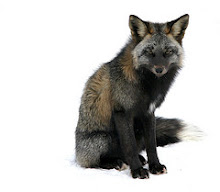yea, i know "WOW WHAT A LARGE NUMBER!"
....shut up...
....shut up...
anyways the three are Massive tattoo, Living Dead tattoo, and Last Chance tattoo shop. and, i recommend them all highly. massive and living dead, when you walk in them both you can tell they are both very clean cut and friendly. the guy that i talked to in massive was really nice and i learned that used to work in Diversity, which we all know is highly advertised, highly recommended, and well'known for being really good. at Living Dead they, of course, were very kind to me and informed me well of any questions that i had. but, i must say, Last Chance is the one that has impressed me the most, and they had also expanded since i had last been in there. What i really like about their shop is that unlike in the other two, the walls aren't white they're lavishly decorated, and have beautiful wallpapers on the different walls. The girl i talked with there was very sweet, she informed me that there were 9 artists currenlty working there and she showed me her different tattoos and helped me understand the different aspects of tattoos. Such as where, and all that good crap.
so my ratings so far is:
1.) Last Chance tattoo shop
1.) Last Chance tattoo shop

2.)Living Dead tattoo

3.)Massive tattoo studio
























